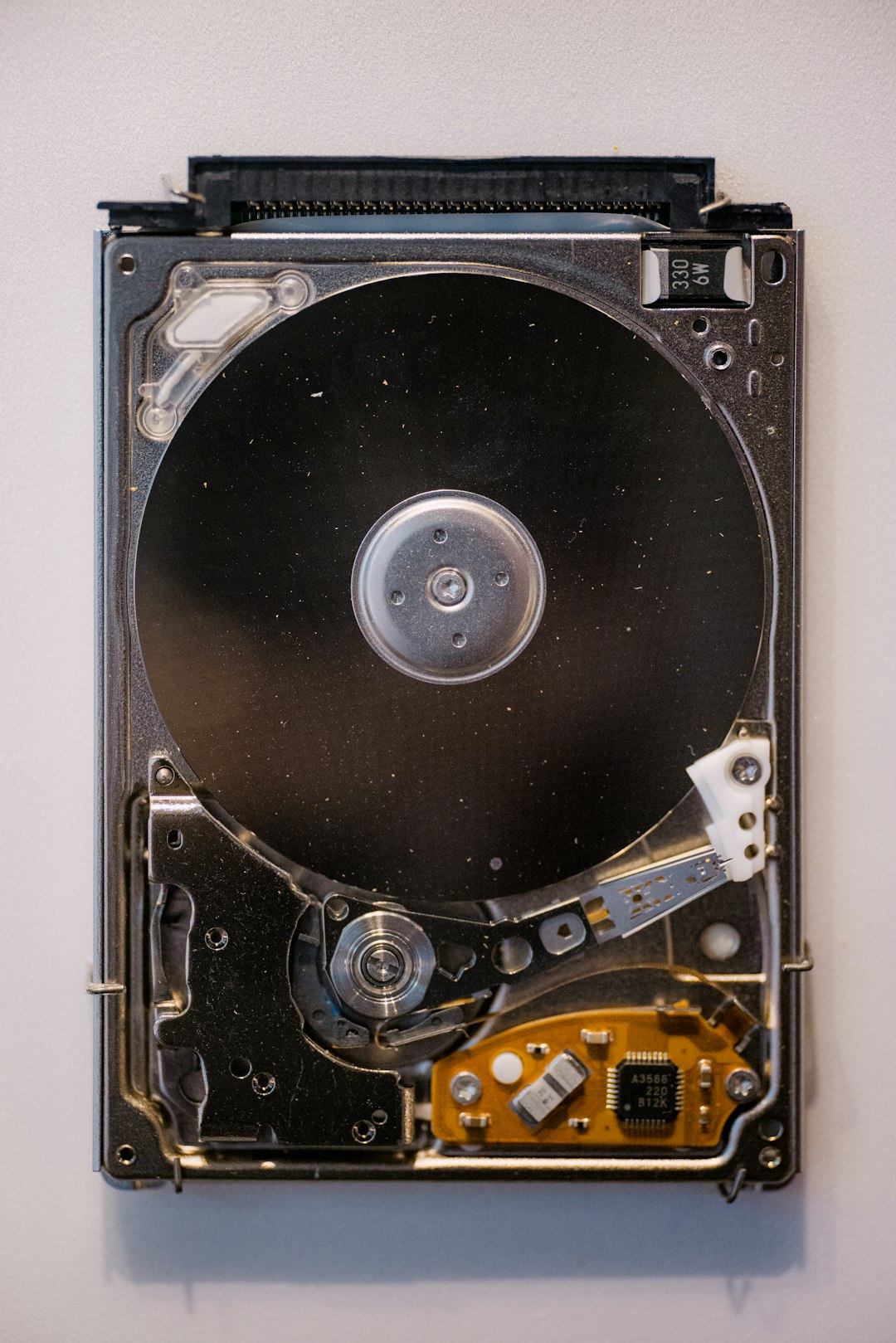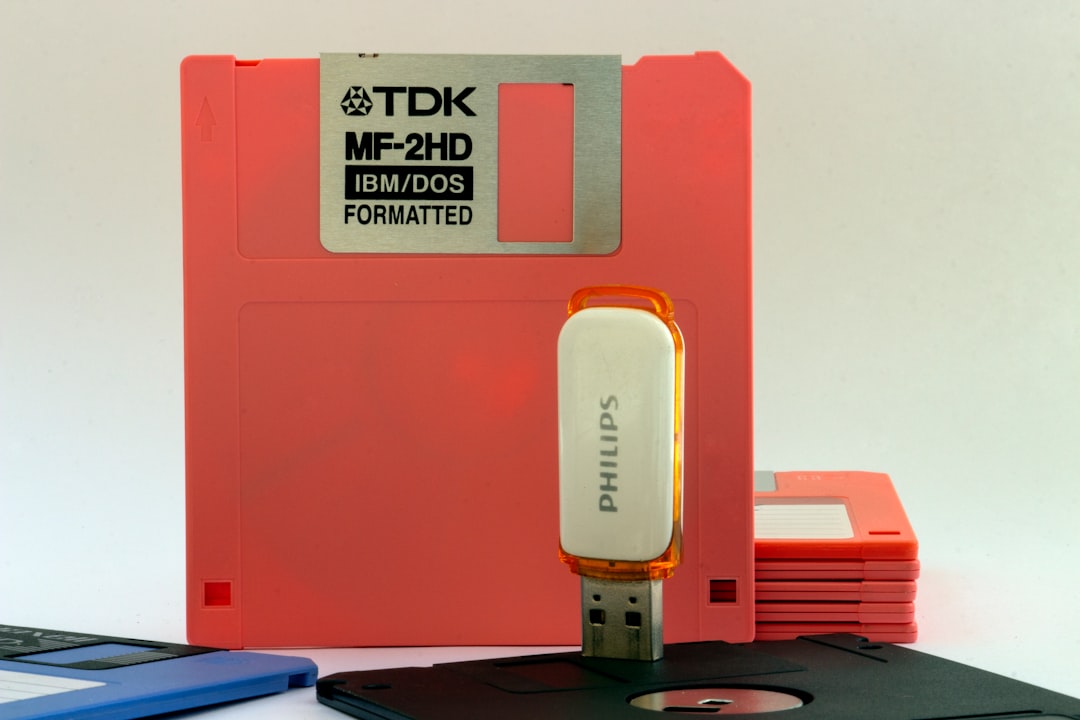The “Request Failed Due to a Fatal Device Hardware Error” is a dreaded error message that Windows users may encounter when accessing or transferring data to or from a storage device, such as an internal hard drive, external drive, or USB flash drive. This error typically indicates a serious malfunction at the hardware level, but fortunately, not all hope is lost. There are several methods to diagnose and potentially fix the issue and recover your valuable data.
This article will explore the probable causes behind this error, proven methods to repair it, and suggestions to prevent it from happening again. Whether it’s a SATA hard drive, external HDD, SSD, or a USB flash drive, this guide will provide step-by-step instructions suitable for users of all experience levels.
What Causes the “Fatal Device Hardware Error” in Windows?
This error occurs when Windows is unable to access or read from a storage device. It can be triggered by a variety of issues, including:
- Physical Damage: Mechanical issues within an HDD or SSD can prevent access to the device.
- Connection Errors: Loose or damaged cables, improper USB connections, or faulty ports.
- Bad Sectors: Segments of the storage device that are unreadable or corrupted.
- Driver Problems: Corrupt or outdated drivers may interfere with device communication.
- Firmware or OS-level conflicts: Bugs in device firmware or conflicts in Windows settings.
Understanding the root cause is key to selecting the right approach for repairing the error.
Effective Methods to Fix the Fatal Device Hardware Error in Windows
Below are several practical solutions that can help fix the error and possibly recover your data.
1. Try Basic Hardware Troubleshooting
Before delving into more technical fixes, follow these quick checks:
- Disconnect and reconnect the device properly.
- Try another USB port or SATA slot.
- Use a different cable to rule out USB or SATA cable issues.
- Connect the device to another computer.

If the device is still unreadable, proceed with software-based methods.
2. Run a SMART Check to Detect Hardware Health
Most modern drives include SMART (Self-Monitoring, Analysis, and Reporting Technology) status reports. You can use Command Prompt or a third-party tool like CrystalDiskInfo.
Using Command Prompt:
wmic diskdrive get statusIf it returns “OK”, the drive is considered healthy. If it displays “Caution” or “Bad”, then the issue may be hardware-related and recovery options should be considered.
3. Use CHKDSK to Repair Bad Sectors
CHKDSK is a built-in Windows utility that can scan and fix file system errors including bad sectors.
- Open Command Prompt as Administrator.
- Type the following command and hit Enter:
chkdsk X: /f /r /xReplace X with the drive letter of the affected device. This scan may take time depending on the drive’s size and condition. If CHKDSK repairs the drive successfully, the error may be resolved.
4. Update or Reinstall Device Drivers
Outdated or corrupted drivers can prevent Windows from properly interacting with your storage device.
- Right-click on the Start button and select Device Manager.
- Expand the “Disk Drives” section.
- Right-click the problem device and select Update driver.
- Choose “Search automatically for updated driver software.”
If no updates are available, try uninstalling the device driver and restarting your computer.
5. Use Disk Management for Disk Initialization and Format
If your drive is visible in Disk Management but not accessible, formatting may help — but this will delete all data. Only attempt this if data recovery is not needed, or back it up via recovery software first.

- Press Windows + X and click Disk Management.
- If your disk appears as unknown or not initialized, right-click it and choose Initialize Disk.
- Once initialized, right-click the unallocated space to create a new volume and format the drive.
6. Use Data Recovery Tools
If the data on the device is important, consider using professional-grade data recovery software before formatting:
- Recuva
- Disk Drill
- EaseUS Data Recovery Wizard
These tools can often access what Windows can’t, even on failing drives.
7. Replace the Hardware If Necessary
If none of the above methods work, and SMART data or audible signs (grinding or clicking noises) suggest a physical failure, it may be time to replace the device. For extremely valuable data, consult a professional data recovery service.
Preventative Measures for the Future
To avoid re-encountering this issue:
- Back up data regularly to cloud or physical storage.
- Safely eject external drives before unplugging.
- Keep Windows and drivers up to date.
- Use surge protectors to prevent hardware damage from power spikes.
Conclusion
The “Request Failed Due to a Fatal Device Hardware Error” can feel alarming, but it doesn’t always mean that your data is gone or that the drive is permanently damaged. Careful troubleshooting — starting from simple connector checks all the way to advanced recovery software — can often fix the issue or at least recover important data. However, any device that shows signs of unreliability should be replaced promptly to avoid future losses.
Frequently Asked Questions
1. Can a “Fatal Device Hardware Error” be fixed without data loss?
Yes, in some cases. Try using CHKDSK, updating drivers, or recovery software before performing a format, which will delete data.
2. Is the error always caused by hardware failure?
No, it can be caused by software-related issues such as outdated drivers or improper formatting. Not all causes require hardware replacement.
3. How do I know if my hard drive is physically damaged?
Clicking, grinding, overheating, or drives not being detected at all are common signs. SMART utilities can also indicate disk health.
4. Will formatting the drive fix the error?
Possibly. If it’s a file system-level error, formatting might fix it. But ensure recovery is attempted if data is important because a format deletes all content.
5. Can I recover data from an unreadable drive?
Yes, using tools like Recuva, EaseUS, or professional data recovery services if software methods fail.